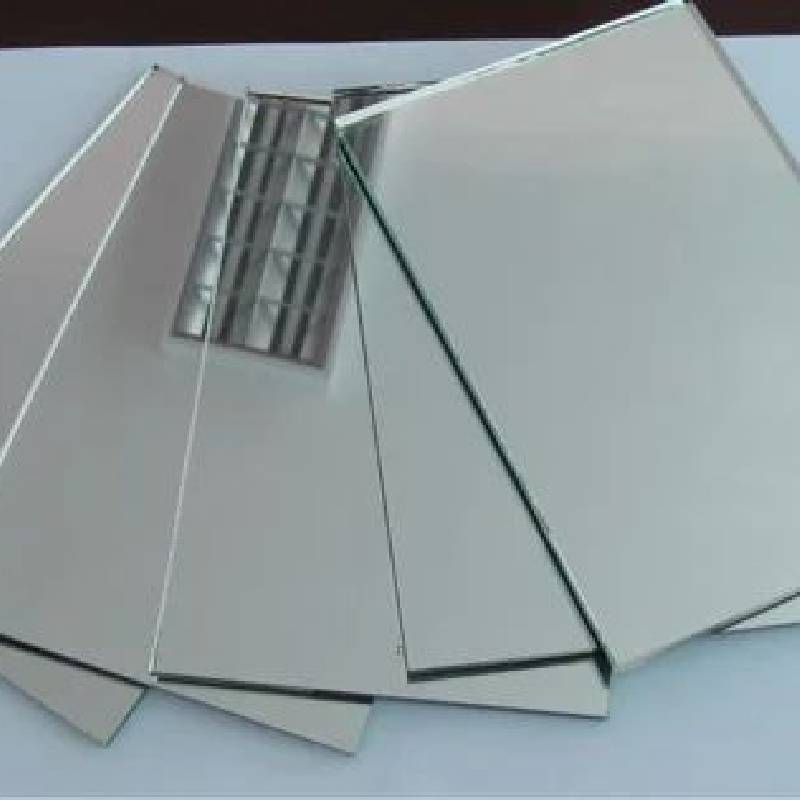

The Beauty and Functionality of Float Glass A Comprehensive Look
Float glass, a remarkable and widely used material, plays a crucial role in the modern world. Its production and eventual application have revolutionized industries ranging from architecture to automotive manufacturing. The process of making float glass is both fascinating and intricate, producing a product that is not only aesthetically pleasing but also incredibly functional.
The Float Glass Manufacturing Process
The creation of float glass begins with a combination of silica sand, soda ash, and limestone, which are the primary raw materials. These ingredients are melted in a furnace at temperatures exceeding 1,600 degrees Celsius. The molten glass is then poured onto a bath of molten tin. This is where the term float glass comes from, as the lighter glass floats on the denser tin, creating a smooth and even surface.
One of the remarkable facets of this method is the ability of the glass to achieve a uniform thickness and flatness. Once the glass cools, it is cut into sheets of various sizes, ready to be processed further. The controlled environment of the float process reduces impurities and ensures a high level of optical clarity, making this type of glass ideal for windows and facades.
Applications of Float Glass
Float glass holds countless applications due to its robust properties, including excellent light transmission, durability, and versatility. One of its most common uses is in the construction industry, where it is employed in windows, doors, and curtain walls. Buildings fitted with float glass not only benefit from natural light and visibility, but they also gain aesthetic appeal, allowing architects to create striking designs that harmonize with their surroundings.

In addition to architectural uses, float glass is indispensable in the automotive sector. Car manufacturers utilize it for windshields and side windows, ensuring safety and visibility for drivers and passengers. The clarity and strength of float glass make it suitable for these applications, providing a reliable barrier against the elements.
Float glass also finds applications in interior design. Its sleek, polished surface is ideal for tabletops, mirrors, and decorative elements that enhance both residential and commercial spaces. The versatility of float glass allows it to be treated with various coatings and treatments, such as Low-E (low emissivity) coatings, which enhance energy efficiency by reflecting heat while allowing natural light to pass through.
Environmental Considerations
As the world increasingly focuses on sustainability, the float glass industry has made significant strides toward reducing its environmental footprint. The production process has evolved to incorporate recycled glass, which not only conserves raw materials but also reduces energy consumption. Manufacturers are continuously exploring innovations, such as energy-efficient furnaces and advanced recycling techniques, to improve sustainability further.
Conclusion
Float glass is more than just a transparent material; it is a symbol of innovation, functionality, and beauty. From its meticulous manufacturing process to its wide-ranging applications, float glass serves as a fundamental component of modern life. Its contributions to architecture, automotive design, and interior aesthetics are profound. As technology advances and environmental awareness grows, float glass will likely continue to evolve, cementing its status as an indispensable material for generations to come. Whether shimmering in the sunlight of a skyscraper or providing clarity in a vehicle, float glass undoubtedly enhances our everyday experiences.